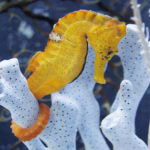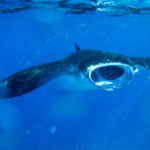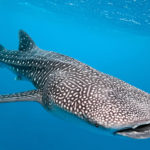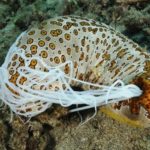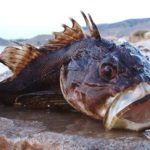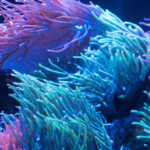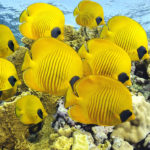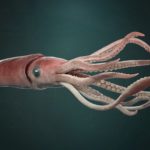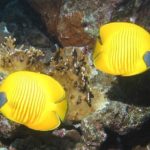Seahorses – information
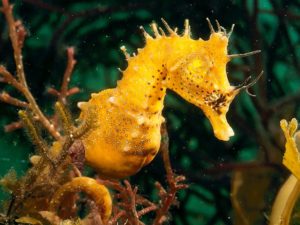 It is difficult to believe, but in ancient times seahorses were feared and considered chthonic creatures. The Chinese are confident that seahorses return male power, and Europeans decorate their aquariums with them.
It is difficult to believe, but in ancient times seahorses were feared and considered chthonic creatures. The Chinese are confident that seahorses return male power, and Europeans decorate their aquariums with them.
Unlike other inhabitants of the oceans and seas, seahorses float in an upright position and in pairs, often tying tails. In this case, like chameleons, they avoid a few enemies, imitating the color of underwater plants. The last property is due to the fact that seahorses are inept swimmers. They have a small fin on their back, performing up to 35 movements per second, and pectoral fins, which are more correctly called rudders. A dwarfish seahorse is generally recognized as the slowest fish in the world. It moves at a speed of 1.5 meters per hour.
Seahorses do not have teeth or stomach. Their digestive system resembles a direct-flow motor, so they have to eat constantly so as not to die of hunger. As a rule, they cling to their seaweed with their tenacious tails and suck up water at a distance of up to three centimeters, and at the same time with it – simple food. Every day they consume three thousand or even more artemia (planktonic organisms). They also love a tiny fish, attentively watching it. It is interesting that both eyes of skates can look in different directions, studying the environment.
However, there are not many people who want to eat seafood themselves, except penguins, crabs, tuna, rays and some very hungry predators. The thing is that sea horses are very poorly digested due to excessive boneiness. Their numerous long spines and ribbon-like skinlike outgrowths are also unpleasant for absorption. As shown by genetic studies, the ancestors of sea horses are the same needle-shaped progenitor, from which appeared the fish-needle. The division into two species occurred approximately 23 million years ago.
